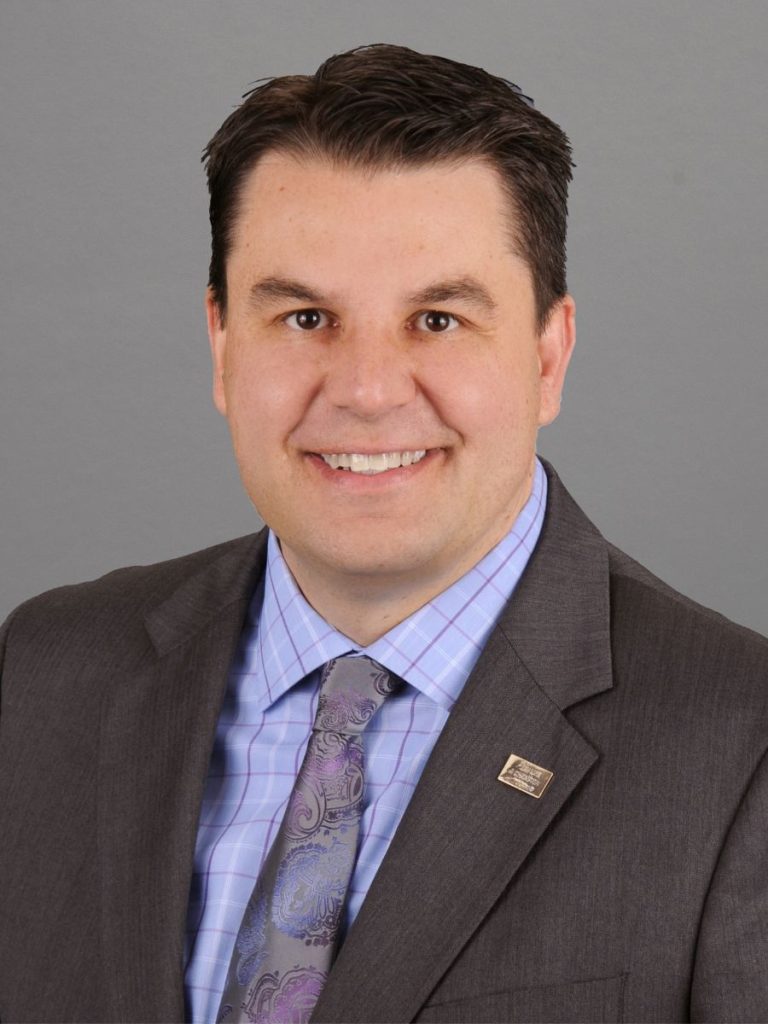
As Iowa’s Area Education Agencies (AEAs) approach their 50th anniversary of services to Iowans, they do so in the midst of significant change brought about by decisions made during the 2024 legislative session. These changes, most notably a reduction in nearly $75 million in funding, will have a profound impact on the work of the AEAs going forward and greatly alter the original mission of the AEA system, which was founded upon the principle of providing equitable access to high quality general and special education support for all Iowa students.
How will altering the funding for AEAs potentially affect the services they provide? Iowa’s AEAs currently operate on an “economy of scale” model where funding is pooled to purchase services and personnel by the AEA that can be shared by all school districts in a region to serve children, families and educators. This model championed the idea that every child, from urban Waterloo to rural Montezuma, deserved equal access to resources. By pooling resources and expertise that all schools shared, AEAs efficiently delivered services that individual districts might find cost-prohibitive to offer independently.
Under the new funding system, which gradually reduces guaranteed funding for general education resources such as classroom materials and specialized teacher training (as well as 10% of special education funding), the agencies are now required to market these services to school districts who must purchase them with the funds previously earmarked for AEA support. Some districts may struggle to afford these services due to competing financial priorities. This has the potential to result in some schools having to make difficult decisions between funding basic needs (e.g. teacher salaries) and purchasing vital services that their students and teachers need. Reduced funding also means the potential for reduced services at a time when the demand for specialized support, including support for children with mental health concerns, is increasing. Ultimately, critics of the plan fear a sort of “zipcode lottery” where the quality of education and support a child receives is heavily influenced by their district’s financial health, thus eroding the equity and efficiency once guaranteed by the AEA system. Rural schools likely stand to lose the most in this new approach.

Whether or not this change benefits students (as some in the legislature believe) will take time to understand. In the meantime, policymakers, educators and communities must continue meaningful conversations about what they value in terms of equity in Iowa’s schools. As AEAs adapt to this new funding model, their success depends on both their capacity for innovation and ability to pivot to entrepreneurship. While innovation has never been a problem for the AEA system, entrepreneurship may be a greater challenge. Given the longstanding dedication AEA staff have to ensuring that no child is lost in a competition of resources, becoming a vendor, rather than partner to local schools, is not a role that most AEA staff will embrace easily. We are grateful for the support of our local school leaders as we navigate this process.
Thank you to every Iowan who raised their voice over the past few months and added to the discussion about the future of the Iowa AEA system. We appreciate you.
Joel Pedersen is the chief administrator for Central Rivers Area Education Agency (AEA). He can be reached at jpedersen@centralriversaea.org. Central Rivers AEA serves 53 public and over 20 accredited non-public school districts in an 18-county, 9,000 square mile territory of Iowa. Learn more at www.centralriversaea.org.
